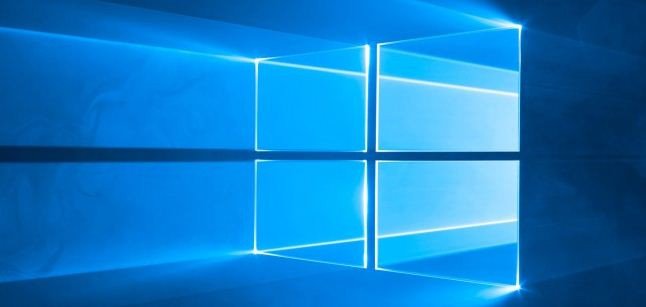Windows 10 ISO image clean installation files available to download now for everyone

Microsoft has just rolled out its highly anticipated Windows 10 operating system (OS) in 190 countries. The upgrade will be available as a free downloadable update for Windows 7 and Windows 8 users.
Initially, the stand-alone installation files were only available to those who take part in the Windows Insider Program. Now regular users looking to perform a clean installation of the new OS using a bootable USB or DVD disc can download the required files from Microsoft's website. Users are also able to create an ISO image file of Windows 10, which they can later burn to a disc or use to create a bootable USB drive.
Microsoft's new operating system promises new features like Cortana, Continuum, and a whole new Edge browser, which it hopes will get the millions of Windows 7 and Windows 8 user to update their systems.
While Microsoft is looking to get most people to upgrade their systems through the Windows Update system on the PCs they are using (which is the easiest and fastest way of updating), many people will still want the installation files, and Microsoft has made them available to download from today (29 July).
For those looking to update their systems on launch day, Microsoft has published guidelines including the following list of things which you will need to have in place before beginning:
- An internet connection.
- Sufficient data storage available on a computer, USB or external drive for the download.
- A blank USB or DVD (and DVD burner) with at least 4GB of space if you want to create media. A blank USB or blank DVD is recommended, because any content on it will be deleted.
- Click here to know more about System Requirements.
- If you are installing the operating system for the first time, you will need your Windows product key (xxxxx-xxxxx-xxxxx-xxxxx-xxxxx).
- For Enterprise editions click here for the Volume Licensing Service Center.
To eschew the update process and download the stand alone installation files (and create an ISO image) you can use Microsoft's media creation tool which automates the process. Note you will need a valid Windows 10 license key to do this as the installer will not accept Windows 7 or 8 license keys.
Here are the links for the different versions of the tool:
Once you have downloaded the tool, select Run (or choose to Save the tool if you don't want to run it now).
Running the tool - note, you need to be an administrator on the PC for it to work - you will be presented with two options. If you're upgrading the PC you are using, select Upgrade this PC now, and then follow the rest of the instructions to finish the upgrade.
If you want to create media for a different PC, select Create installation media for another PC. Use this table to choose the edition of Windows 10 that you want to create media for. After the download is complete and the media is created, select Finish.
Upgrade to Windows 10
Here's how to upgrade to Windows 10 from an existing installation of Windows 7 or 8, using an ISO, a USB, or a DVD:
- Mount the ISO, and then run setup.exe from it.
- If you downloaded to a USB or a DVD, run setup.exe from the USB or DVD.
- Both of these options allow you to upgrade the PC if it's already running Windows 7, Windows 8, Windows 8.1, or Windows 10.
Clean installation of Windows 10
If you want to perform a clean Windows 10 installation on your PC, or if your PC doesn't have an operating system currently installed, you can use a bootable DVD or USB, created using Microsoft's tool. Here are Microsoft's instructions:
- Turn on your PC, insert the DVD or USB flash drive, and then shut down your PC.
- Restart your PC, and then press any key to boot from the DVD or USB flash drive.
- On the Install Windows page, enter your language and other preferences, and then select Next.
- Select Install Windows.
- On the Enter the product key to activate Windows page, enter your product key. The product key should be in a purchase confirmation email if you bought Windows 10. It looks like this: PRODUCT KEY: XXXXX-XXXXX-XXXXX-XXXXX-XXXXX. (If you are taking advantage of the free upgrade you won't have a product key and you and press Skip).
- On the License terms page, if you accept the license terms, select I accept the license terms, and then select Next.
- On the Which type of installation do you want? page, select Custom.
- On the Where do you want to install Windows? page, select the partition that you want, select the formatting option you want to perform (if needed), and then follow the instructions.
- When you've finished formatting, select Next.
- Follow the rest of the setup instructions to finish installing Windows.
© Copyright IBTimes 2025. All rights reserved.





















